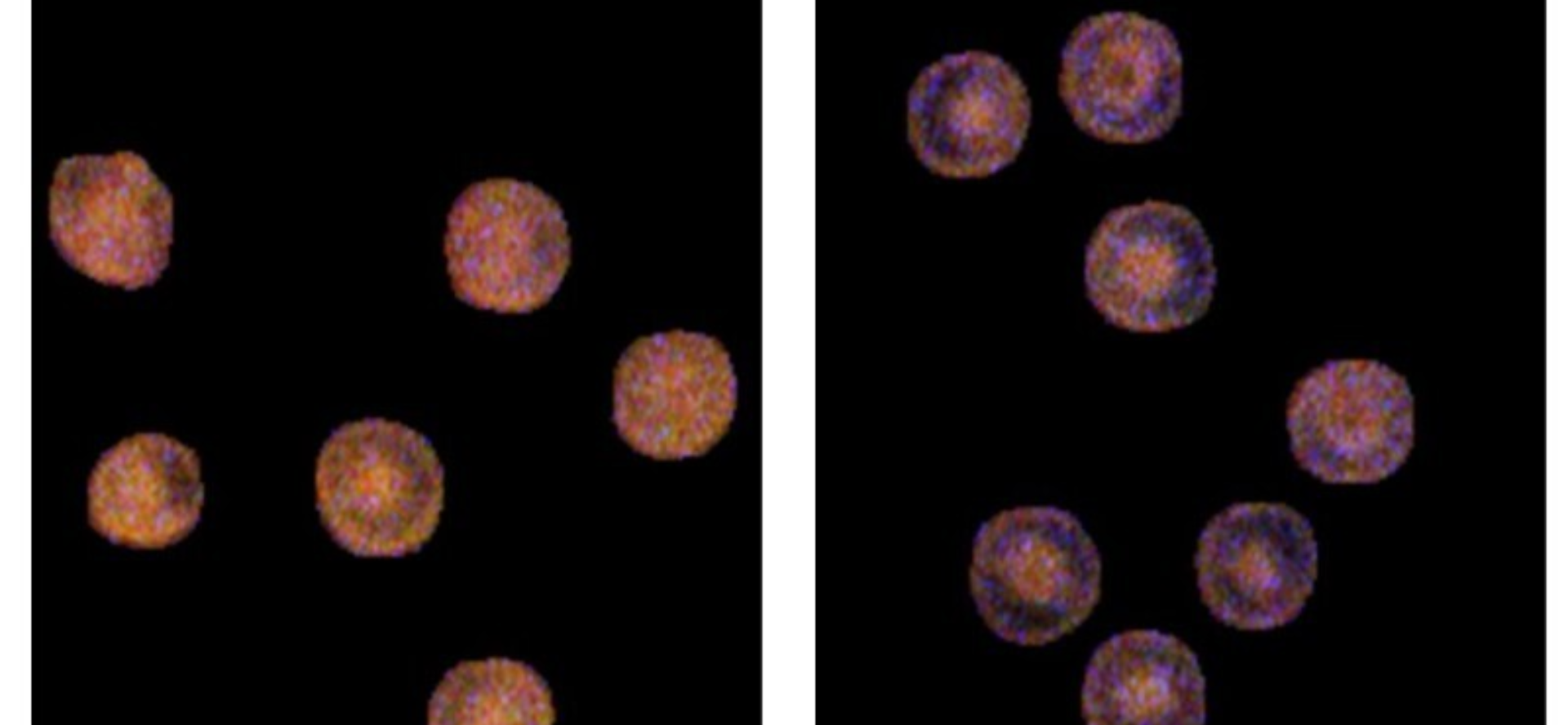National Taiwan University

Scientists at National Taiwan University (NTU) have created a pioneering optical microscopy method capable of reconstructing a person’s long-term blood glucose history from a single blood sample. Led by Professors Chi-Kuang Sun and Tzung-Dau Wang, the team developed colour-resolved third-harmonic-generation microscopy (cTHGM), a label-free imaging technique that distinguishes glycated haemoglobin (HbA1c) from normal haemoglobin within individual red blood cells.
Unlike conventional monitoring systems that capture short-term glucose fluctuations, this method tracks sugar exposure over the entire 120-day lifespan of red blood cells. Using a broadband femtosecond-laser microscope, the technique detects nanometre-scale wavelength shifts caused by chemical differences in haemoglobin molecules, producing a high-resolution chemical map of long-term blood sugar exposure.
The NTU researchers suggest that cTHGM could improve precision diabetes management and provide early detection of metabolic disorders associated with cancer. Beyond clinical applications, the technique demonstrates the potential for real-time, colour-sensitive molecular imaging in living tissues, turning subtle biochemical traces into actionable diagnostic information.